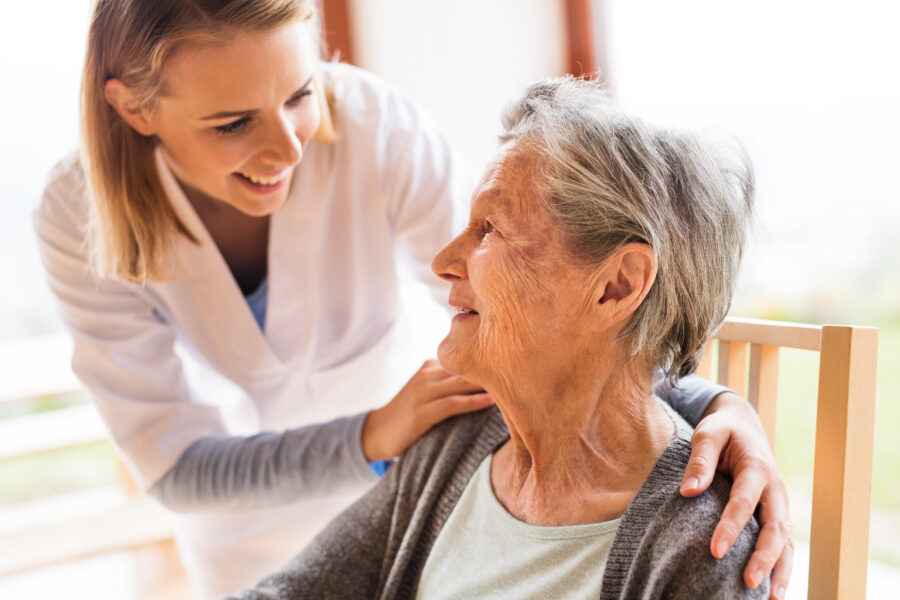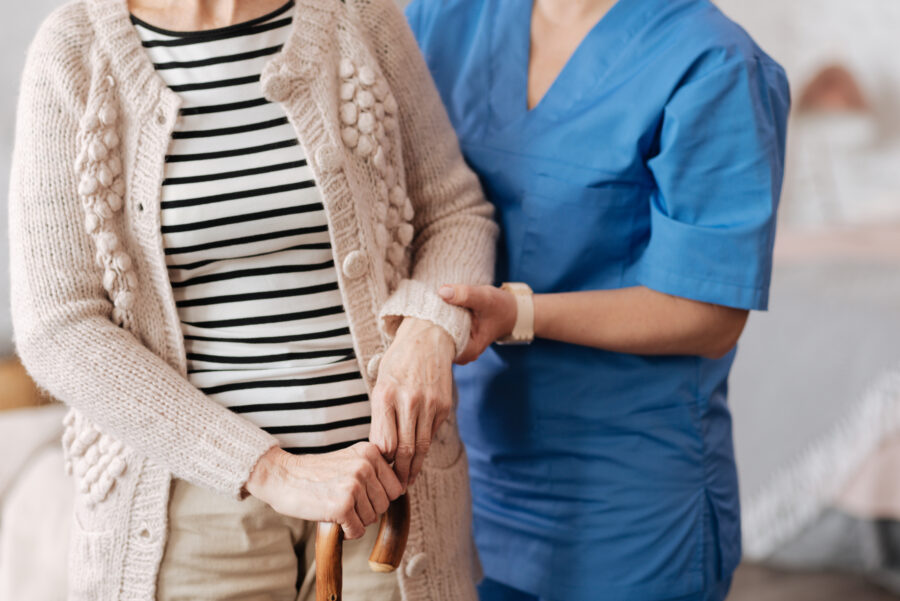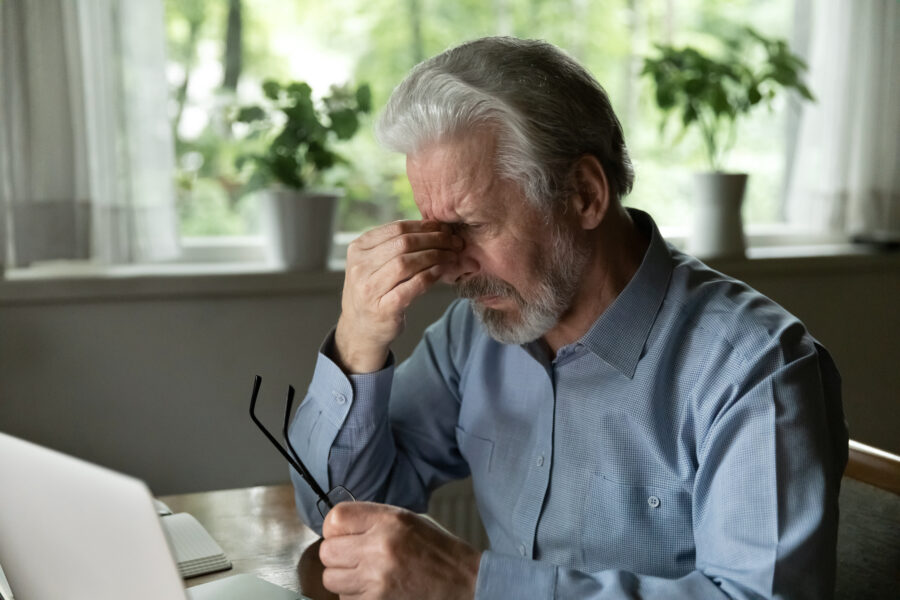Blog post
10 Home Safety Tips for the Elderly and Caregivers
As we age, it's completely normal for our eyesight and hearing to naturally decline. While these changes are a part of life, they can introduce new risks in our day-to-day lives.
Staying safe at home is crucial for maintaining independence and ensuring that we can continue to enjoy our living spaces without worry.
That’s why we’ve partnered with Bluebird Care to bring you our top 10 practical tips to improve home safety.
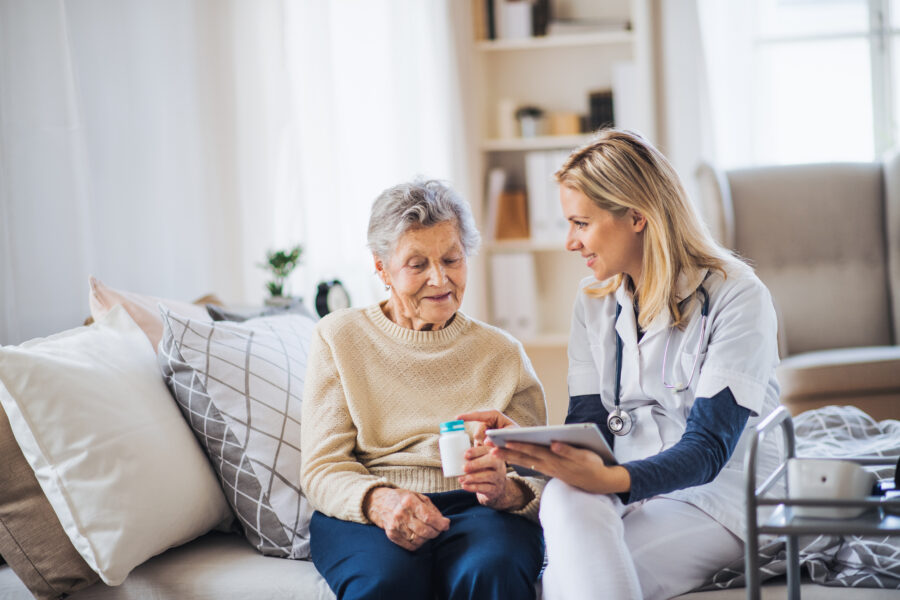
Use colour to highlight hazards
A bit of brightly coloured tape on the edges of stairs can make a huge difference in seeing each step clearly. Opting for solid-coloured carpets also helps in spotting where steps begin and end. Using contrasting colours around the house can also make navigating a lot safer and easier.
Ensure good lighting
Setting up motion-sensor lights in hallways, bathrooms and bedrooms can be a real game-changer. They light up automatically, so there’s no stumbling around in the dark. Or if motion-sensor lights are not possible, make sure light switches are easy to reach.
Use voice-activated technology
Voice-activated devices like smart speakers can help manage lighting, call for help or give reminders without having to move around too much.
Know when to ask for help
It's important to know when extra help is needed around the house to safely manage daily activities. Whether it's temporary support during a recovery period or ongoing care for more persistent needs, being aware of the available support options
can ensure that you or your loved one gets the right level of assistance and can make a big difference in maintaining independence and safety at home.
Keep walkways clear
It may sound obvious but keep the home tidy with clear paths and make sure to secure any loose wires to prevent trips.
Install grab bars
It’s a great idea to put grab bars in key areas, like the bathroom, to help prevent falls and provide some extra support where it's needed most.
Use slip-resistant solutions
Think about adding slip-resistant rugs and mats around the house. Putting brightly coloured non-slip tape in spots that might get slippery, like the kitchen or the entrance-way, can also help to keep things safe.
Ensure that commonly used items are accessible
Place commonly used items where they can be easily reached so there’s no need to stretch or bend too much.
Have regular eye and hearing tests
These check-ups help detect changes that might affect one's ability to navigate and interact safely within their environment.
For instance, improved vision can prevent missteps and falls by helping one see obstacles more clearly, while better hearing can alert individuals to alarms, doorbells or even unexpected visitors.
By staying proactive with these check-ups, you can help ensure that adjustments to glasses or hearing aids are made when needed, significantly reducing the risk of accidents and improving the ability to enjoy daily activities.
Create an accessible emergency contact list
Keep a list of emergency contacts in large, bold print in handy places like by the bed or in the kitchen.
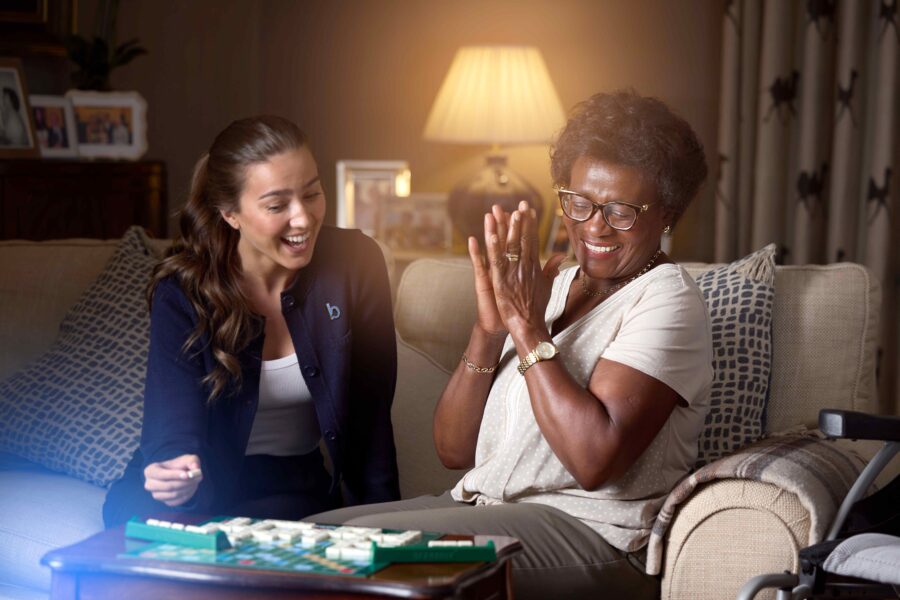
For a detailed breakdown of room-by-room safety tips, visit the Bluebird Care website.
Bluebird Care is a home care provider, committed to ensuring that your loved ones can remain in their home, where things are familiar, where they feel at ease and where they have the best chance to live a full and meaningful life.

